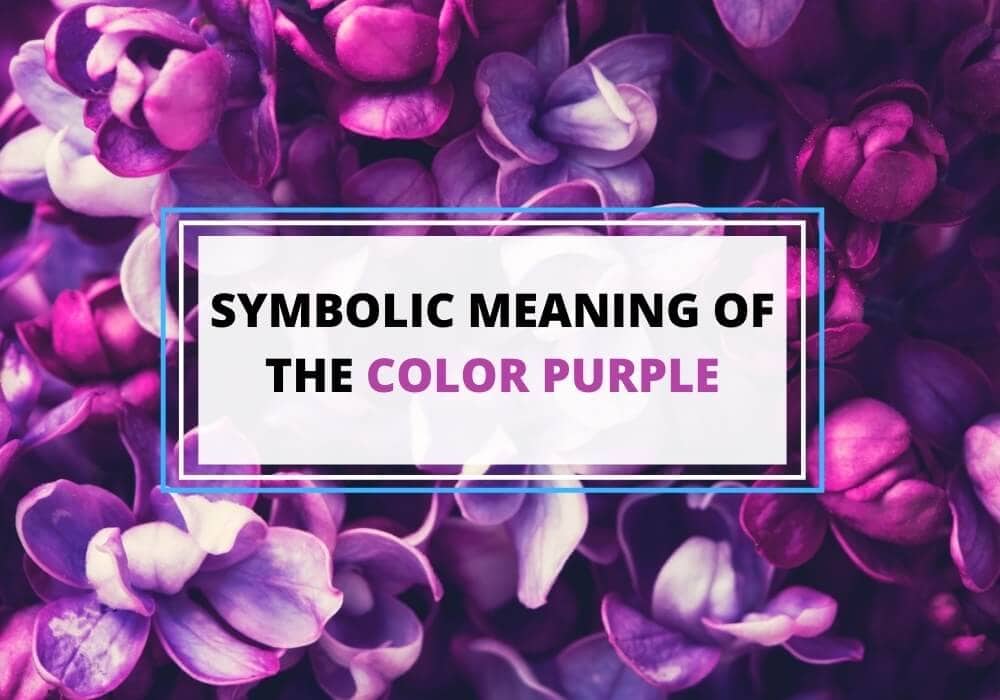
Table of Contents
Purple has always been a fascinating color, grabbing the attention of cultures and artists for ages. It’s not just one shade, but a whole range from deep violet to gentle lavender, and it stands for so many things: royalty, spirituality, and creativity. Packed with history and meaning, purple tells a story that goes from royal luxury to mysterious worlds.
Let’s explore the intriguing symbolism of purple and see how this color keeps casting its spell on us.
Purple Through the Ages – History and Use
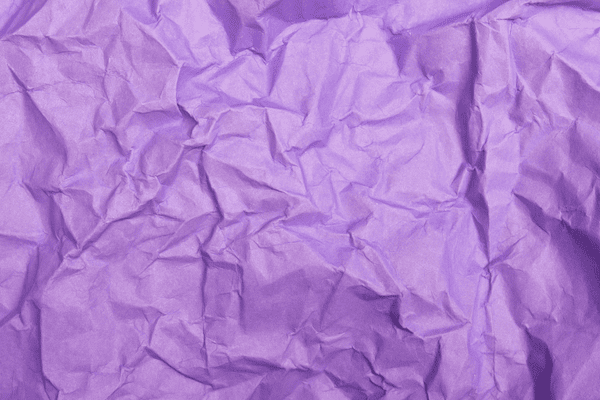
We’ve had a close look at the symbolism of purple, but when did purple begin to be used and how was it perceived throughout the ages?
Purple in Prehistory
While we’re not sure exactly when the color purple originated, evidence shows that it was first seen during the Neolithic era in certain works of art. The Pech Merle and Lascaux Cave paintings were done by artists using sticks of hematite powder and manganese, dating far back to 25,000 BC.
In the 15th century BC, people from two main cities of Phoenicia, called Sidon and Tyre, were creating a purple dye from the spiny dye-murex, a type of sea snail. This dye was a deep rich purple called ‘Tyrian’ purple and is mentioned in both the Aeneid of Virgil and Iliad of Homer.
Making Tyrian purple wasn’t an easy task since it required thousands of snails to be removed from their shells and soaked for some time after which one of its tiny glands was removed, the juice extracted and kept in a basin. The basin was placed in sunlight which gradually turned the juice to a white, then green and finally a violet color.
The color changing process had to be stopped at the right time to get the desired color and although its hue varied somewhere between violet and crimson, it was always a bright, rich and lasting color. Naturally, the pigment was rare and highly valuable. It became known as the color of kings, nobility, magistrates and priests during that time.
Purple in Ancient Rome
The Toga praetexta was a simple white toga with a wide purple stripe on the border, worn by Roman boys who weren’t yet of age. It was also popularly worn by magistrates, priests and some citizens as well.
Later on, a slightly different version of the Toga came in solid purple and embroidered with gold. This was worn by magistrates who handled the public gladiatorial games, the consuls and the emperor on very special occasions.
Purple in Ancient China
The Ancient Chinese made purple dye not through the snail but from a plant called purple gromwell. The trouble with this dye was that it didn’t adhere to fabric easily, which made the dyed fabrics quite expensive.
Back then crimson was one of the primary colors in China and purple was secondary. However, in the 6th century the colors swapped ranks and purple became the more important color.
Purple in Carolingian Europe
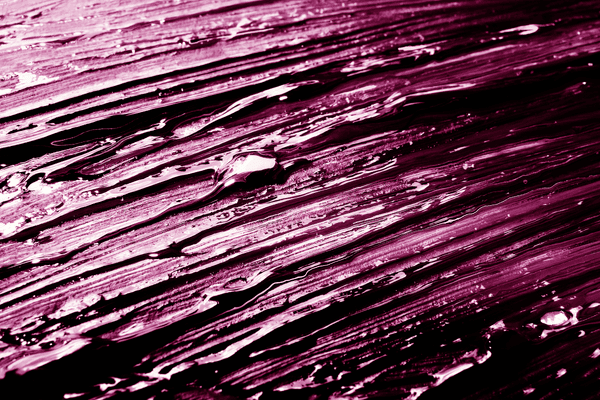
During the early Christian era, Byzantine rulers used the color purple as their imperial color. The Empresses had a special ‘Purple Chamber’ to give birth in and the emperors that were born there were called those that were ‘born to the purple’.
In Western Europe, Emperor Charlemagne wore a mantle made of Tyrian purple for his coronation ceremony and later on, was buried in a shroud made of the same color. However, the color lost its status with the fall of Constantinople in 1453 and scarlet dye made from scale insects became the new royal color.
Purple in the Middle Ages and Renaissance Period
In the 15th century, cardinals switched from wearing Tyrian purple robes to wearing scarlet ones because the dye had become unavailable after Constantinople’s dye works were destroyed.
Purple was worn by the Bishops and archbishops whose status was lower than that of the cardinals, but it wasn’t Tyrian purple. Instead, the cloth was first dyed with indigo blue and then overlaid with red kermes dye to get the desired color.
Purple in the 18th and 19th Centuries
During the 18th century, purple was worn only by rulers like Catherine the Great and members of the aristocracy since it was expensive. However, in the 19th century it changed due to the creation of a synthetic aniline dye produced by a British student called William Henry Perkin.
He originally wanted to make synthetic quinine but instead, he produced a purple shade which was called ‘mauveine’ and later shortened to ‘mauve’.
Mauve became fashionable very quickly after Queen Victoria donned a silk gown dyed with the color, attending the Royal Exhibition in 1862. The dye was the first of many modern industrial dyes that completely changed the chemical industry as well as fashion.
Purple in the 20th and 21st Centuries
In the 20th century, purple once again became strongly connected with royalty. It was worn by Elizabeth II at her coronation and George VI in his official portraits. It was also becoming strongly associated with the Women’s Suffrage movement and the Feminist movement in the ‘70s. For example, it’s the color used for the lesbian flag.
Purple neckties became popular in the 21st century since it looked great with the blue colored business suits worn among business and political leaders.
What Does the Color Purple Symbolize?
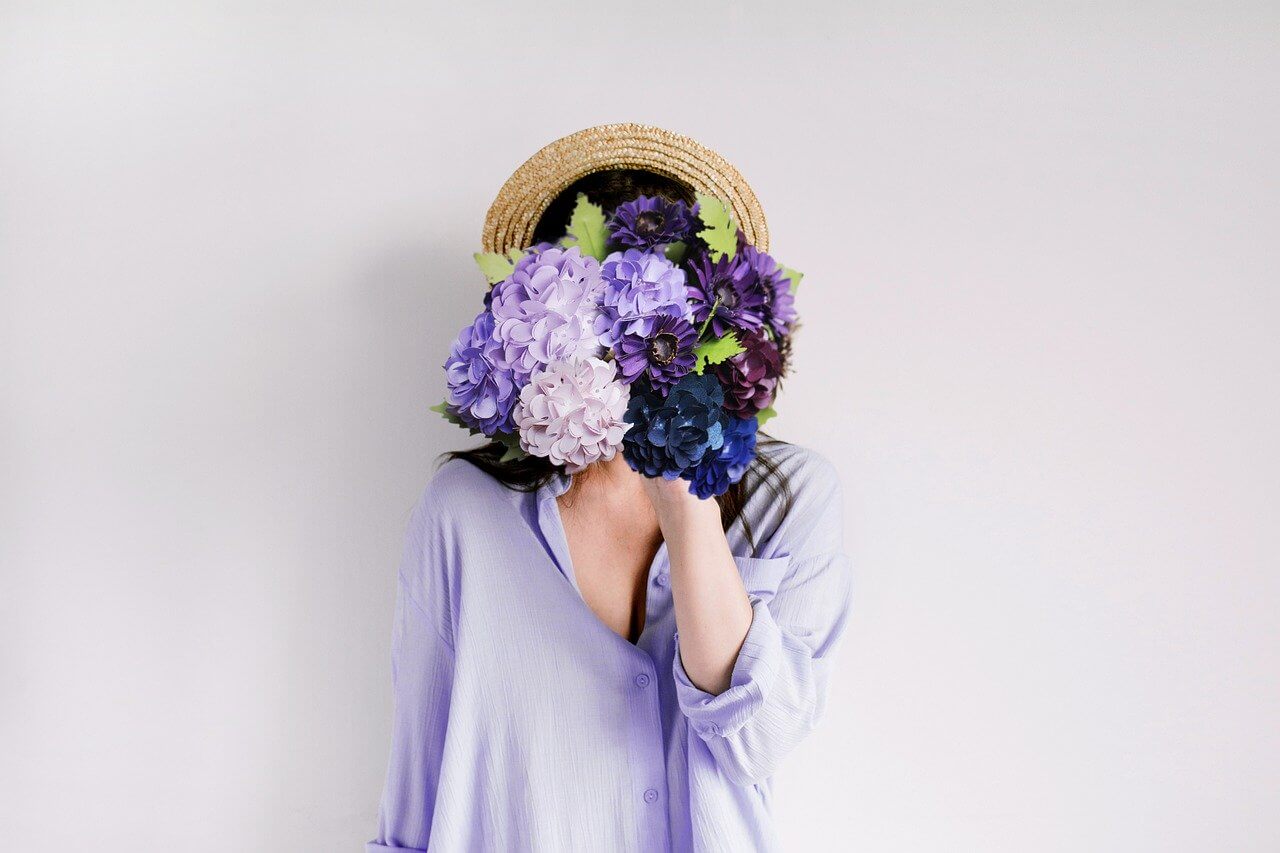
The color purple holds a variety of symbolic meanings across different cultures and contexts:
1. Royalty and Nobility
Purple’s history with royalty and nobility comes from how rare and expensive it was to make the dye, traditionally from sea snails. It was so costly that only the really wealthy could afford it, turning purple into a symbol of power and luxury. Kings and queens wore it to show off their status. Even now, purple still screams luxury and high class, often showing up in images of royalty and wealth.
2. Spirituality and Mysticism
When it comes to spirituality and mysticism, purple’s calm but rich color is thought to help with mental and spiritual awakening. Many religions and spiritual practices use purple to represent sacred knowledge and a connection to the divine. It’s common in worship places and spiritual retreats, symbolizing a journey toward deeper understanding and spiritual connections. It’s believed to help with meditation and self-discovery.
3. Creativity and Imagination
Purple is also great for sparking creativity and imagination. Its boldness inspires artists, writers, and creatives to think differently and come up with new ideas. In color psychology, purple is linked to the unconventional and imaginative. It’s used in creative spaces to help ideas flow and encourage innovation.
4. Wisdom and Dignity
For wisdom and dignity, purple’s royal connections and its link to intellectual depth play a big part. It’s often used to signify sophistication and insight, especially in educational settings, where it symbolizes honor and scholarly achievement.
5. Peace and Tranquility
Lighter purples, like lavender, are famous for being calming and relaxing. They’re used a lot in places meant for rest, healing, and thinking. Lavender helps lower anxiety and promotes peace, making it a popular choice for bedrooms and spas.
6. Feminine Strength, Dignity, and Pride
In the modern era, purple represents feminine strength, dignity, and pride. It’s a go-to color for women’s rights and gender equality movements. Its vibrancy and royal ties highlight the respect and dignity these movements aim for.
7. Mourning and Sorrow
In some cultures, purple is a color of mourning and sorrow, marking a big shift from its other meanings. It’s used in funerals and memorial services to symbolize loss and remembering. The deepness of purple helps express deep grief and respect for the departed.
Positive and Negative Aspects of the Color Purple
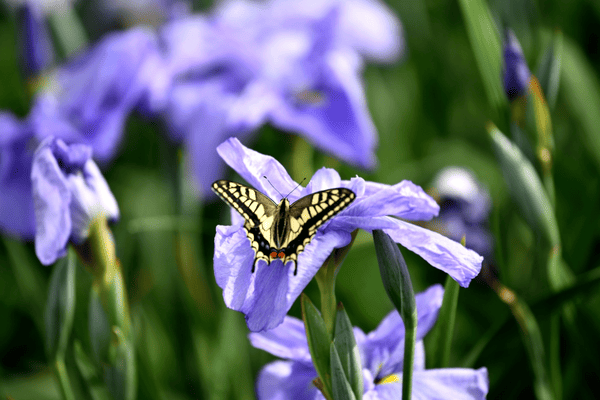
Purple can do a lot for your body and mind. It can lift your spirits, calm your nerves, and make you feel more spiritual. It’s also great for boosting your sensitivity, sparking your imagination, and getting your creative juices flowing.
But, watch out for too much purple, especially the darker shades. They can make you feel sad, gloomy, and frustrated. If you’re around too much purple, you might start feeling irritable, arrogant, or impatient. On the flip side, not enough purple can lead to feelings of negativity, like feeling powerless or losing your self-esteem.
Experts suggest using purple in moderation, especially at work. Wearing too much purple might make people think you’re not that serious. Since purple is rare in nature, it’s sometimes seen as fake, and wearing too much might make people think the same about you.
Symbolism of Purple in Different Cultures
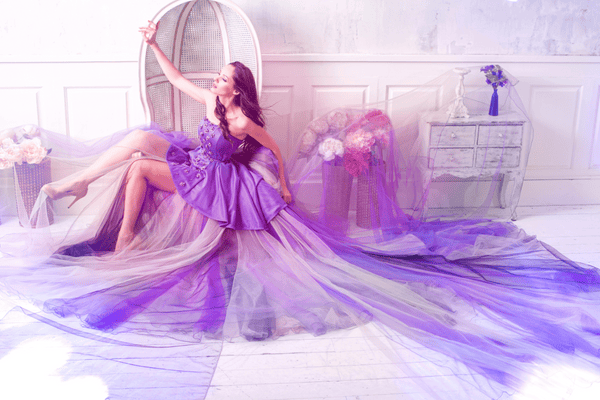
The color purple holds various symbolic meanings across different cultures around the world, reflecting a range of beliefs, traditions, and historical contexts:
In Western cultures, purple often means royalty, nobility, and luxury because it was so rare and expensive in the past. Only rich folks could afford it. It’s also big in spirituality and religion, often used in churches and religious clothing. Nowadays, purple still means luxury but also stands for creativity and uniqueness.
In ancient Rome and Greece, purple was all about power, wealth, and prestige. Emperors and top officials, who could afford the pricey dye from murex sea snails, mainly wore it. It was a big deal and a sign of high status.
In Thailand, purple is the mourning color for widows, reflecting the cultural practices around death and loss. It’s a solemn color, very different from its Western associations.
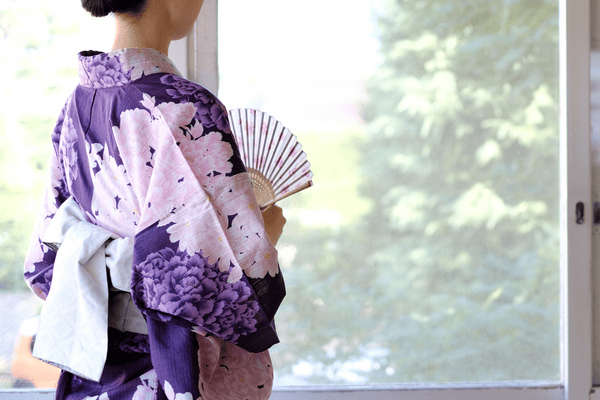
In Japan, purple represents wealth and high position. Historically, the aristocracy wore it, and it’s tied to some Japanese deities, showing its respect and spiritual significance. It’s common in kimonos and regalia, symbolizing grace and elegance.
For Chinese culture, purple means divinity and immortality, tied to spiritual and mental balance. It was sometimes linked to mourning too. Nowadays, it’s seen as beautiful, noble, and spiritual, used in art and religious ceremonies.
In various African cultures, purple often represents mourning during funerals and grieving. But it can also mean wealth and prosperity, showing up in big celebrations and ceremonies.
Some indigenous Brazilian cultures see purple as unlucky, often linked to misfortune or death. They usually avoid it, which shows how differently cultures can view the same color.
Today, purple is globally known as a symbol of LGBTQ+ pride and feminist movements. It stands for diversity, inclusivity, and equality, making a strong statement in advocacy and campaigns.
In Hinduism and Buddhism, purple is linked to peace, tranquility, and spirituality. It’s believed to help in meditation and spiritual practices, often seen in religious art and clothing. It’s a color that brings together wisdom and compassion.
Personality Color Purple – What It Means
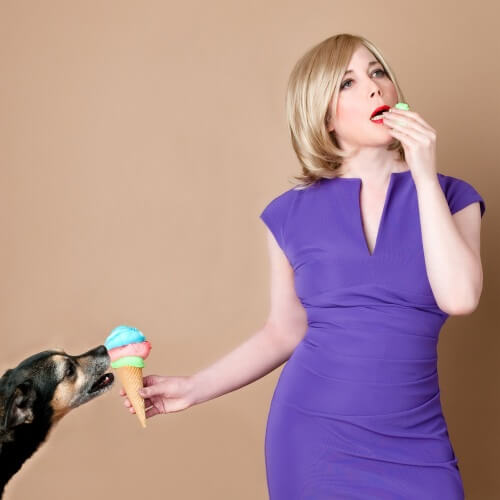
If you love purple, you’re likely a creative and imaginative person who doesn’t just follow the crowd. You value being original and independent. Purple fans are often sensitive and compassionate, really getting where others are coming from. They usually seek harmony and balance, and they feel a strong connection to spiritual or mystical things.
People who are into purple often aim high, loving luxury and sophistication. They appreciate the finer things and can be pretty ambitious and confident. They tend to think deeply about life and its mysteries, often having a philosophical side.
But, being super into purple might also mean you lean towards being a bit too idealistic or unrealistic, getting lost in your dreams and imagination.
The Use of Purple in Fashion and Jewelry

Purple has always been a bold choice in fashion and jewelry, echoing its history of luxury and royal status. Fashion designers love adding purple to their collections, from deep violets to light lavenders, to bring in some depth and life. This color can do it all, from showing off the richness of autumn in its darker shades to capturing the freshness of spring in lighter ones.
In high fashion, you’ll often see purple in luxurious fabrics like velvet and silk, making everything look and feel more lavish. It’s a go-to for fancy evening wear, perfect for dresses and accessories that want to stand out. For everyday clothes, purple adds a fun splash of color, making things more playful and creative.
In jewelry, purple is a star, especially with amethyst gemstones. Amethysts are loved for their beauty and the healing and spiritual vibes they’re said to bring. They look amazing set in silver, white gold, or platinum, which really shows off their color. You’ll even see them in yellow gold for a bold contrast.
Purple is also big in costume jewelry. Designers use glass, enamel, and beads to make pieces that really catch your eye. Whether it’s fine jewelry or more costume-style, purple always adds a bit of mystery and elegance.
In both clothes and jewelry, purple keeps turning heads, standing for creativity, luxury, and a bit of the unexpected. Its ability to fit in anywhere makes it a popular choice for anyone wanting to make a fashion statement that’s both stylish and full of meaning.
Wrapping Up
The color purple is a highly meaningful hue and can mean different things in different religions or cultures. It’s a strong feminine color, but is also somewhat popular among men who like making a statement and standing out.
Although connected with royalty and considered a valuable and special color through most of history, purple today is a color for the masses, popular in fashion and interior design.








